Xiaoli: A Robotic Arm for Table Tennis Grasping
Published:
Xiaoli has three functions including remote control movement, robotic arm control and autonomous grasping.
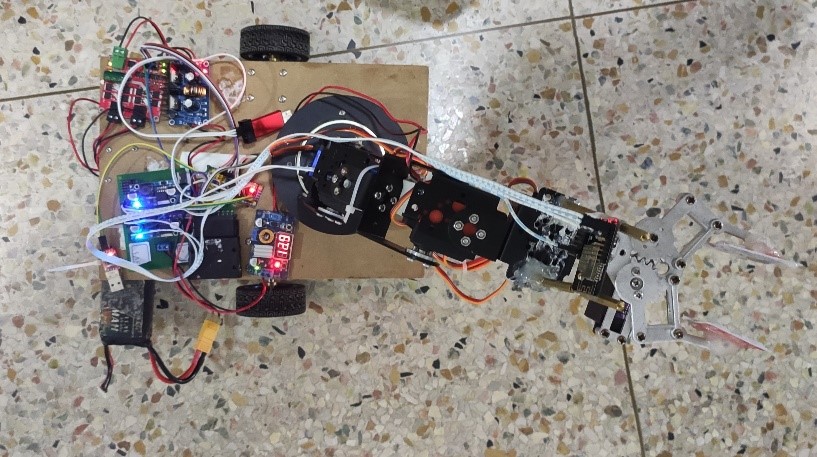
Hardware
| Modules | Information |
|---|---|
| Controller | STM32 |
| Sensor | ov2640 |
| HRI interface | PS2 handle, Wireless transceiver |
| Power source | 4S battery, Voltage Control System |
| Actuator | DC motor, 3-joints robotic arm |
The following figure shows the relationship between modules. Yellow represents power module, black represents actuator module, and red represents core circuit.
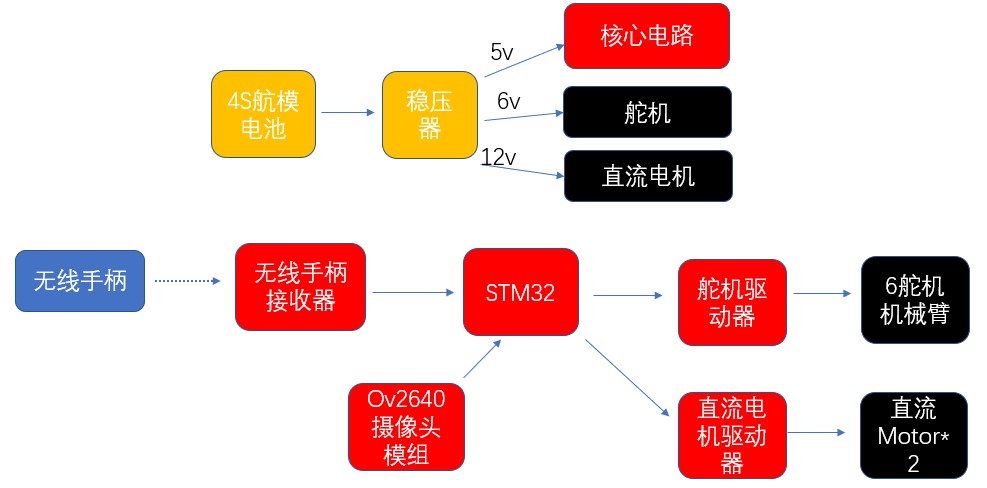
Sofeware
| Iterms | Information |
|---|---|
| Debugging tools | PC, Oscilloscope, Function generator |
| Platforms | WIN10, KEIL, Arduino, Spyder |
remote control movement
This function involves data collection and analysis of handle input (digital quantity), calculation of robot angular and linear velocities, and motor output.
| Items | Information |
|---|---|
| Handle rocker digital quantity | $X=-128-127$, $Y=-128-127$ |
| Output speed | $w=X(angular velocity)$, $v=Y(linear velocity)$ |
| Motor output | $Motor1 PWM=v-w$, $Motor2 PWM=v+w$ |
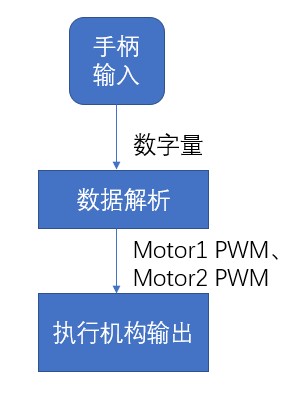
robotic arm control
Using a robotic arm with 3 joints that are in the same plane, but the pan tilt can rotate. Model the robot as following:
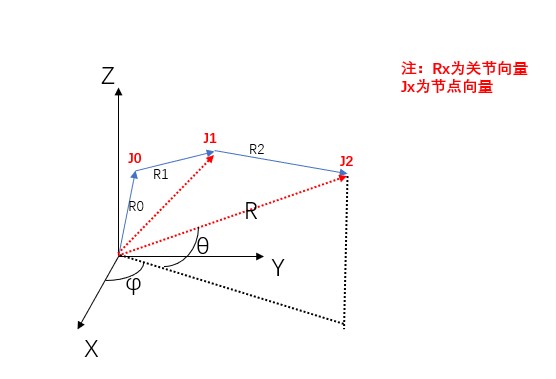
Three joints are simplified as spherical coordinate system vectors of $R0$, $R1$, and $R2$ in space. The joint points are simplified as $J0$, $J1$, and $J2$, as well. The coordinate origin is the joint point where the base of the robotic arm is located.
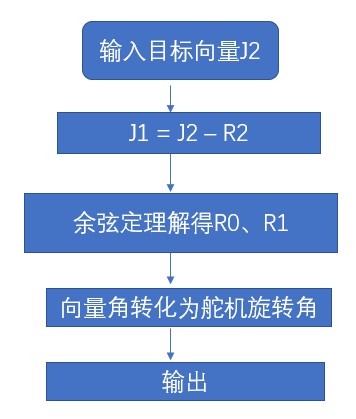
autonomous grasping
The recognized object is a table tennis ball, and the recognition results are the position and size of the table tennis ball in the field of view (considered as distance).
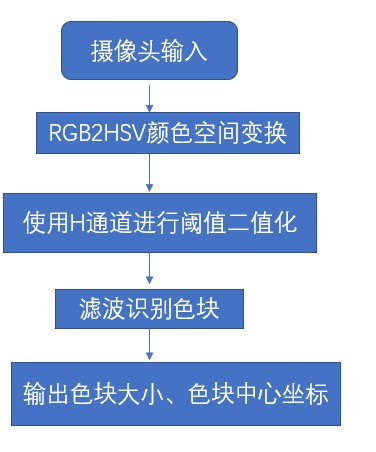
The key parameters and results are as follows:
| Items | Information |
|---|---|
| Image size | $160\times 120$ |
| Threshold in H channel | $10-60$ |
| Filtering method | convolution($9\times 9$) |
| fps | $6.6$ |
